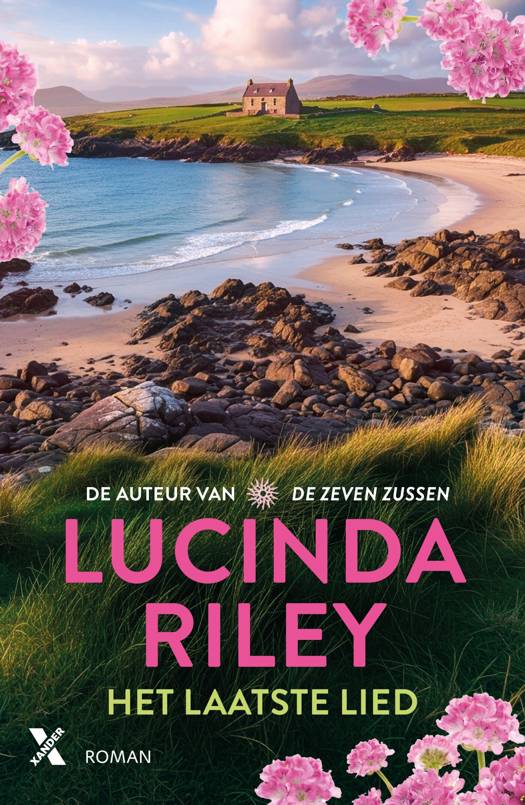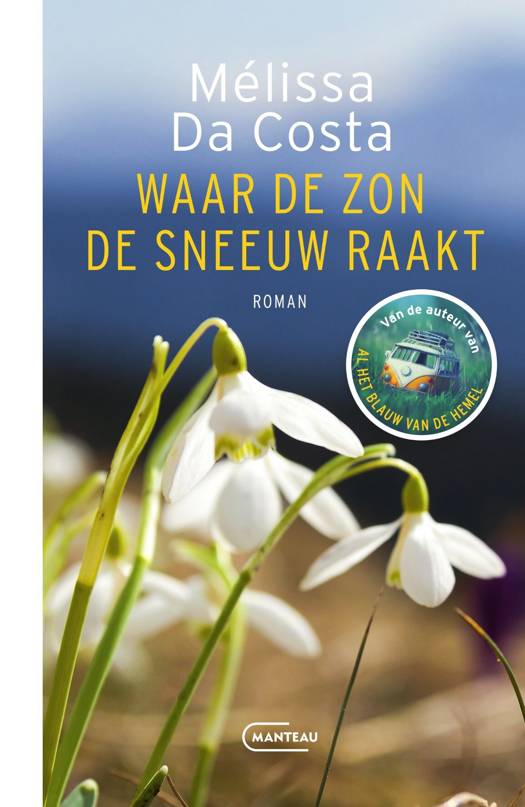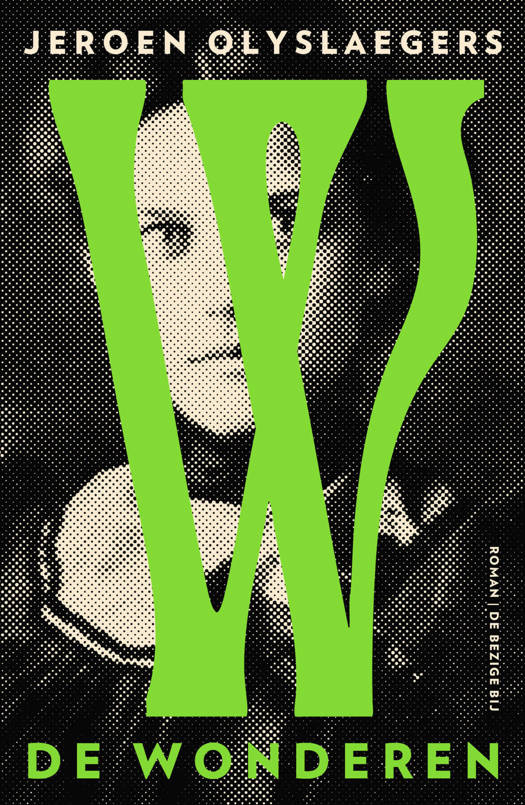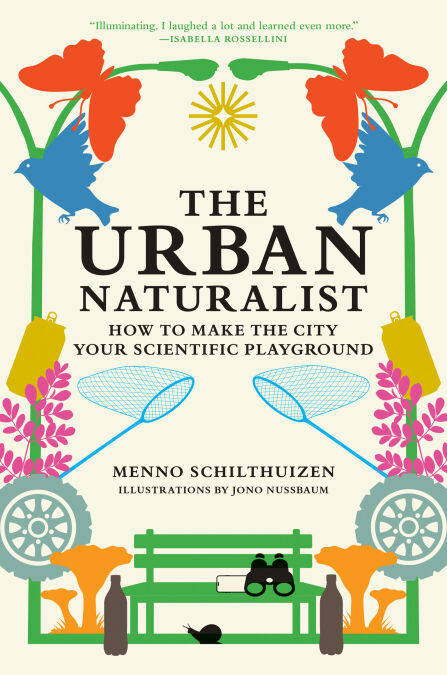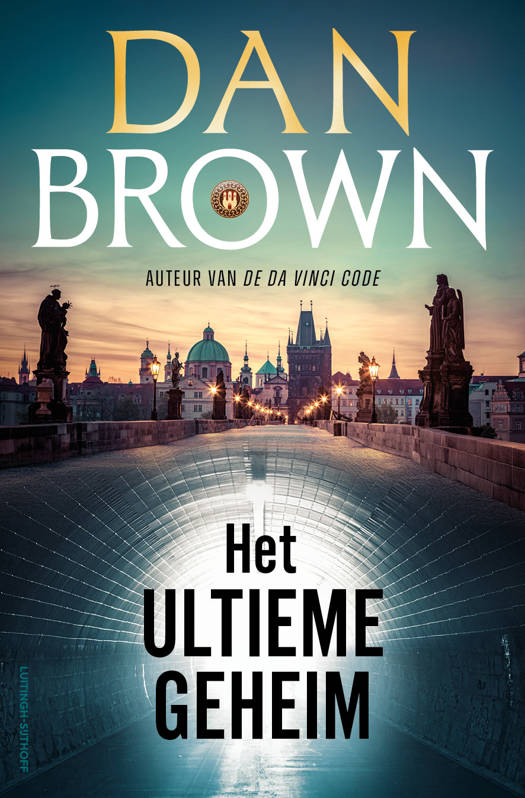
- Afhalen na 1 uur in een winkel met voorraad
- Gratis thuislevering in België vanaf € 30
- Ruim aanbod met 7 miljoen producten
- Afhalen na 1 uur in een winkel met voorraad
- Gratis thuislevering in België vanaf € 30
- Ruim aanbod met 7 miljoen producten
Zoeken
The Urban Naturalist E-BOOK
How to Make the City Your Scientific Playground
Menno Schilthuizen
E-book | Engels
€ 32,48
+ 32 punten
Uitvoering
Omschrijving
A manifesto—and a field guide—for a new dawn of natural history, practiced by community scientists in their own urban jungle.
Imagine taking your smartphone-turned-microscope to an empty lot and discovering a rare mason bee that builds its nest in empty snail shells. Or a miniature spider that hunts ants and carries their corpses around. With a team of citizen scientists, that’s exactly what Menno Schilthuizen did—one instance in the evolutionary biologist’s campaign to take natural science to the urban landscape where most of us live today. In this delightful book, The Urban Naturalist, Schilthuizen invites us to join him, to embark on a new age of discovery, venturing out as intrepid explorers of our own urban habitat—and maybe in the process do the natural world some good.
Thanks to the open science revolution, real biological discoveries can now be made by anyone right where they live. Schilthuizen shows readers just how to go about making those discoveries, introducing them to the tools of the trade of the urban community scientist, from the tried and tested (the field notebook, the butterfly net, and the hand lens) to the newfangled (internet resources, low-tech gadgets, and off-the-shelf gizmos). But beyond technology, his book holds the promise of reviving the lost tradition of the citizen scientist—rekindling the spirit of the Victorian naturalist for the modern world.
At a time when the only nature most people get to see is urban, The Urban Naturalist demonstrates that understanding the novel ecosystems around us is our best hope for appreciating and protecting biodiversity.
Imagine taking your smartphone-turned-microscope to an empty lot and discovering a rare mason bee that builds its nest in empty snail shells. Or a miniature spider that hunts ants and carries their corpses around. With a team of citizen scientists, that’s exactly what Menno Schilthuizen did—one instance in the evolutionary biologist’s campaign to take natural science to the urban landscape where most of us live today. In this delightful book, The Urban Naturalist, Schilthuizen invites us to join him, to embark on a new age of discovery, venturing out as intrepid explorers of our own urban habitat—and maybe in the process do the natural world some good.
Thanks to the open science revolution, real biological discoveries can now be made by anyone right where they live. Schilthuizen shows readers just how to go about making those discoveries, introducing them to the tools of the trade of the urban community scientist, from the tried and tested (the field notebook, the butterfly net, and the hand lens) to the newfangled (internet resources, low-tech gadgets, and off-the-shelf gizmos). But beyond technology, his book holds the promise of reviving the lost tradition of the citizen scientist—rekindling the spirit of the Victorian naturalist for the modern world.
At a time when the only nature most people get to see is urban, The Urban Naturalist demonstrates that understanding the novel ecosystems around us is our best hope for appreciating and protecting biodiversity.
Specificaties
Betrokkenen
- Auteur(s):
- Illustrator(s):
- Uitgeverij:
Inhoud
- Aantal bladzijden:
- 312
- Taal:
- Engels
Eigenschappen
- Productcode (EAN):
- 9780262379533
- Verschijningsdatum:
- 31/03/2025
- Uitvoering:
- E-book
- Beveiligd met:
- Adobe DRM
- Formaat:
- ePub
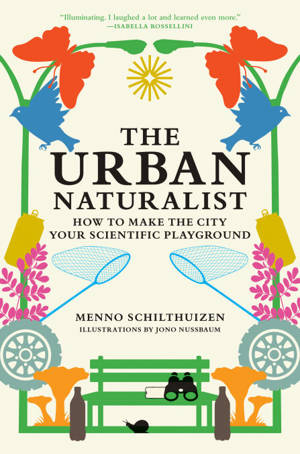
Alleen bij Standaard Boekhandel
+ 32 punten op je klantenkaart van Standaard Boekhandel
Beoordelingen
We publiceren alleen reviews die voldoen aan de voorwaarden voor reviews. Bekijk onze voorwaarden voor reviews.

